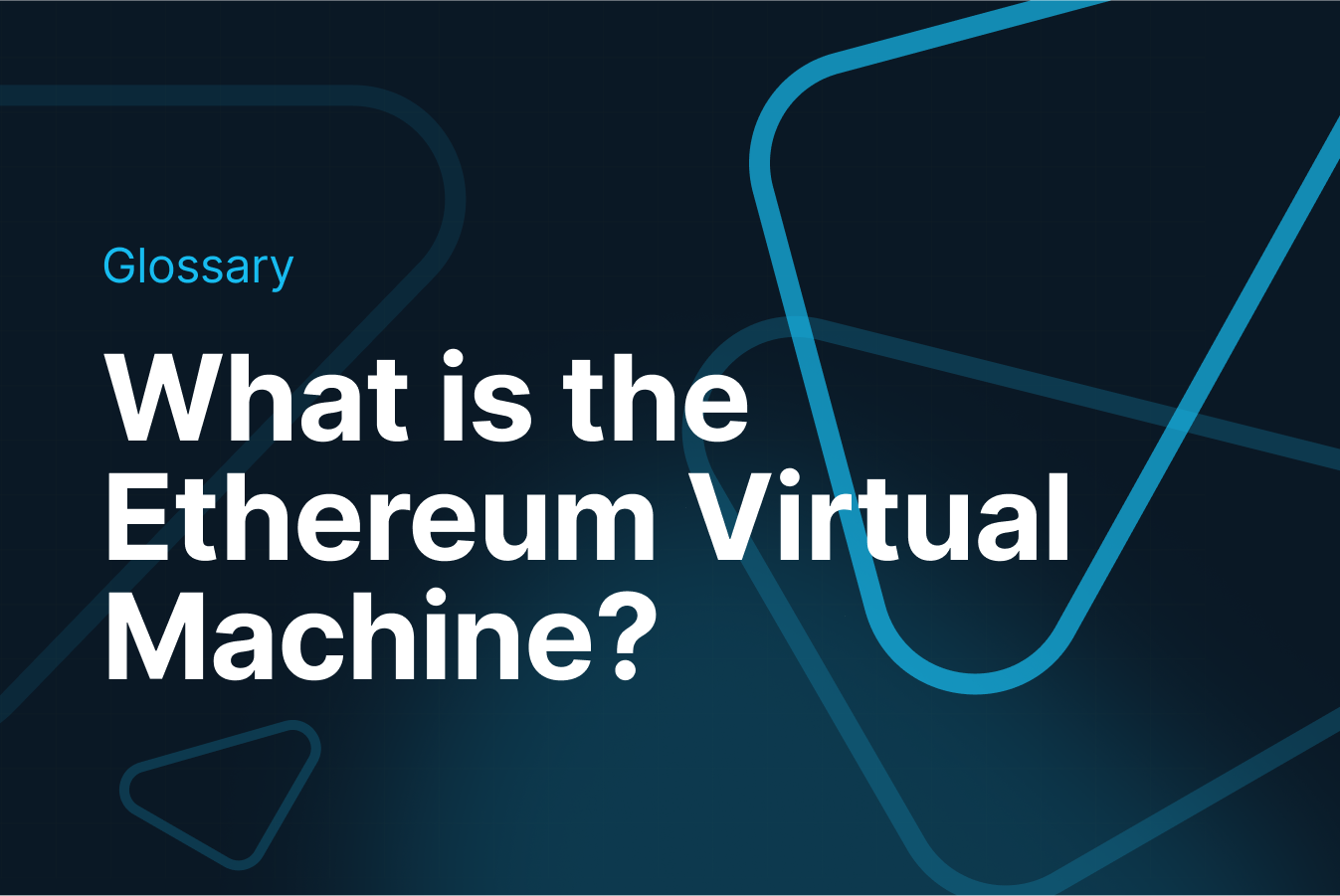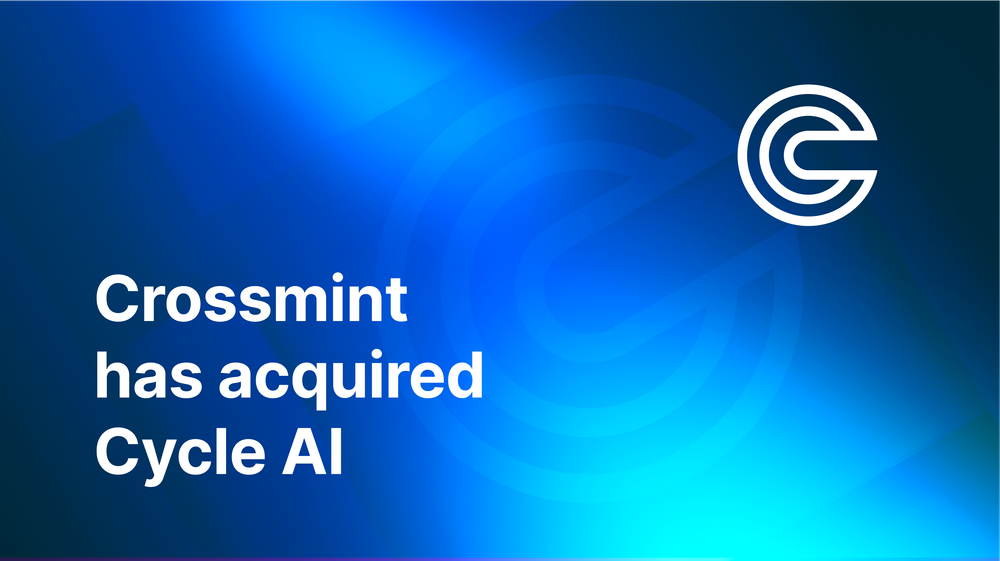The Ethereum Virtual Machine (EVM) is a core component of the Ethereum network, playing a pivotal role in the blockchain's functionality. It serves as a powerful computation engine, turning Ethereum into a decentralized platform capable of running smart contracts and supporting a wide range of decentralized applications (DApps).
How does Ethereum Virtual Machine work?
The Ethereum Virtual Machine (EVM) executes smart contracts and processes transactions. Each node on the Ethereum network runs an EVM instance, allowing them to agree on executing the same instructions. EVM interprets and executes smart contract bytecode, ensuring secure and isolated environments for each contract. This design enables decentralized applications to run on the blockchain, providing the flexibility and security integral to Ethereum's operations.
Smart Contract Deployment and Execution
The primary function of the Ethereum Virtual Machine is to manage the deployment and execution of smart contracts. Smart contracts are self-executing contracts with the terms of the agreement directly written into code, functioning as computer programs that operate on the Ethereum blockchain.
State Management
Each full Ethereum node contains an EVM instance responsible for updating the state of the blockchain after new blocks are added. This aspect is crucial as it maintains the consistency and continuity of the blockchain's data.
Turing Completeness
A significant feature of the EVM is its Turing completeness, meaning it can perform any calculation or operation a regular computer can. This capability allows developers to create a wide variety of applications and functionalities.
Infrastructure for DApps and DeFi Platforms
The EVM provides the necessary infrastructure for compiling and running smart contracts, essential for the development of various decentralized applications, tokens, decentralized exchanges (DEXes), and other DeFi (Decentralized Finance) platforms.
Technical Aspects of the EVM
High-Level Language Compilation
Smart contracts are typically written in high-level programming languages like Solidity and then compiled into EVM bytecode, which the EVM can interpret and execute.
Stack-Based Architecture
The EVM operates on a stack-based architecture, efficient for carrying out the computations and operations required in smart contracts and DApps.
Transition Function
In processing transactions, the EVM employs a transition function to ensure that all valid transactions are accurately processed within the decentralized network, maintaining the integrity and continuity of the blockchain.
Integration in Client Software
To participate in the Ethereum network, one needs client software like Geth or Nethermind, which contains the EVM. This integration facilitates interaction with the blockchain for various operations, including mining, transaction verification, and smart contract execution.
In summary, the Ethereum Virtual Machine is a central pillar of the Ethereum network, enabling it to function as a decentralized platform for smart contracts and DApps. Its Turing-complete nature, combined with a robust computational architecture, makes Ethereum a popular choice for developers in the blockchain space.








